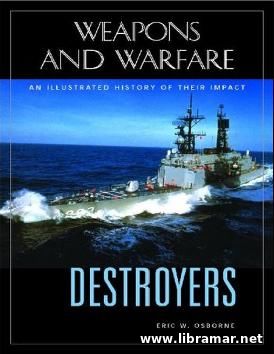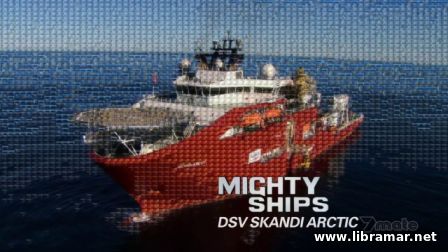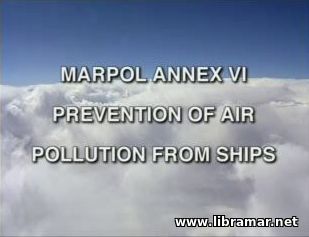Sewage and Waste Water Treatment
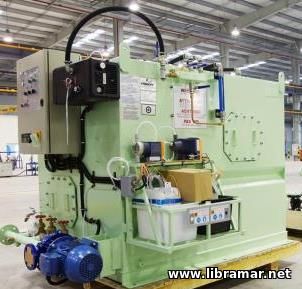
When we flush the toilet ashore, we do not have to bother about what happens next – the stuff disappears and this is someone else’s responsibility from now on. But that is not the case on board ship. To keep up treatment plant working properly everyone, not just the engineers has to understand what we cannot and what we cannot do with the sewage and grey water from the basins, showers and so on, which we produce. Everyone does not just mean ship’s crew – it includes anyone who comes on board, i.e. pilots, stevedores, even visitors from the shore office.
The reason we have regulations on how to deal with sewage is common sense, really. The stuff is not something you would like to have when your family is going to the beach for a day. What we are allowed to do with sewage is covered by the international regulations. The revised MARPOL Annex IV says there is no restriction on discharging sewage that passed through the approved treatment plant.
But, if your ship does not have an approved plant, as laid down in MARPOL, then you are not allowed to discharge any 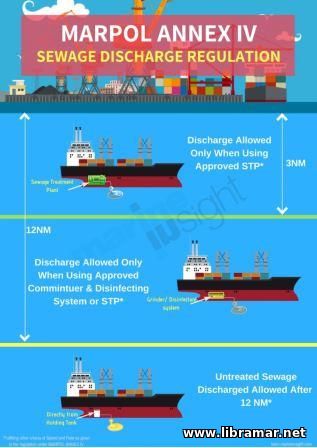 comminuted disinfected sewage closer than three miles to the nearest land. Even within that distance, it has to go into the holding tank, even if it has been through the treatment plant.
comminuted disinfected sewage closer than three miles to the nearest land. Even within that distance, it has to go into the holding tank, even if it has been through the treatment plant.
So, what does happen when we flush the lavatory and wash our hands? The waste goes to a treatment plant either using gravity and pumps or, in more modern systems, using a vacuum. Almost all treatment plants on ships work on what is called extended aeration. This simply means that air is blown through the sewage, which stimulates the production of the aerobic bacteria. Aerobic means existing in the presence of oxygen. Their job in life is to eat sewage.
In principle, this is how the aeration plant works. There are three compartments – aeration, settling and chlorine contact. Sewage flows or is pumped through a coarse filter to the aeration compartment and air is bubbled through series of diffusers. The air comes from low pressure compressors. The bacteria digest the sewage turning it into inert sludge, water, and CO2. Some of the sludge collects in the bottom of the compartment. The digested effluent together with the bacteria and the remaining sludge flow through another coarse screen into the settling tank. Sludge and bacteria sink to the bottom and recirculated to the aeration compartment.
Debris is skimmed from the surface. The clean effluent flows through a chlorinator into a contact tank. The chlorine kills any remaining harmful bacteria. Make sure you familiarize yourself with the local regulations. Some countries, Korea for example, insist on chlorination while others, such as Canada, forbid it.
Grey water from showers, sinks and so on, also flows into the contact tank and the resulting effluent which is now cleaned and harmless, is discharger overboard. The discharge is controlled by float switches located in the last chamber. The switches start the discharge pump which forces the fluid though a valve and overboard. There is an emergency overflow but it is very important to prevent sewage overflowing into the bilges because, if that happens, the oily water separator and the oil content monitor will not work.
This is the inlet filter on the front of the aeration compartment – it is a coarse screen designed to let human soil and toilet paper pass through it and nothing else. So please, no cigarette ends or packets, no condoms, no female sanitary products, no newspapers and no kitchen towels. Toilet paper is designed to dissolve, the kitchen towers are not.
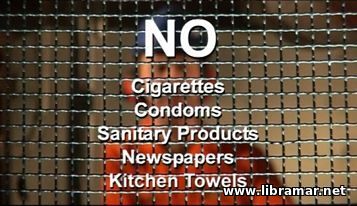 Grey water like sink waste does not go through the aeration process so there is one area in the ship where we have to be very careful – the galley. Too much grease can block pipes so those people who work here try to keep as much of it as possible out of the sink. Then, there is cooking oil. But there was a case in the United States when Port State inspectors sent down divers to investigate an oil spill on the ship in harbor – it turned out that someone emptied the entire contents of the deep fat fryer into the galley sink. If you need to get rid of the cooking oil, put it in a waste oil tank.
Grey water like sink waste does not go through the aeration process so there is one area in the ship where we have to be very careful – the galley. Too much grease can block pipes so those people who work here try to keep as much of it as possible out of the sink. Then, there is cooking oil. But there was a case in the United States when Port State inspectors sent down divers to investigate an oil spill on the ship in harbor – it turned out that someone emptied the entire contents of the deep fat fryer into the galley sink. If you need to get rid of the cooking oil, put it in a waste oil tank.
Of course, lavatories have to clean, too. Note that in the ship’s sewage treatment plant bacteria are our friends and not enemies. So we have to use special cleaners that do not kill aerobic bacteria. When you maintain your system, it is very important to inspect the outlet connection, particularly if your system uses vacuum technology instead of water and gravity to move the sewage the lavatories to the treatment plant. A break here on in any part of the piping will reduce the efficiency of the vacuum and has to be replaced.
There is another reason why this connection is important – it prevents any backflow of the sewage gases into the toilet compartment. But in case they do get in, it is essential to keep toilet and washing areas properly ventilated. Check extraction grills, louvers and ducts to make sure they are clean and not blocked with dirt; if there are fans installed, make sure they work.
The disinfectant tablets in the chlorinator also have to be checked regularly during routine rounds and their proper levels maintained. Make sure you keep sufficient spares as recommended by the manufacturer. From time to time the plant itself has to be cleaned and all build-up of sludge removed. Refer to the manual for the instructions. In principle, we shut the system down and empty it either partially or completely. We open up the compartments, inspect them and clean them.
We check the operation of the float switches and alarms, the condition of air diffusers and the compressor filters, belts and bearings. We replace any defective jointing. It is particularly important to check the compressors and the diffusers which supply air. If there is insufficient air, the aerobic bacteria die and are replaced by the opposite, anaerobic bacteria. They also digest sewage, but in the process they produce gases which are highly toxic, flammable and in some cases explosive – hydrogen sulfide, methane, 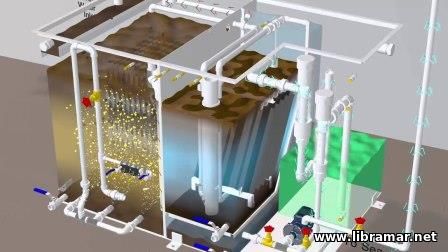 ammonia.
ammonia.
When you are cleaning the plant, do not go inside, wear the face mask, goggles and gloves at all times. Very rare, and in the really exceptional circumstances, when someone has to go inside the plant, remember that this is dangerous. Treated like any other entry into an enclosed space, do a proper risk assessment and take all the necessary precautions. Once the system is clean, you can re-fill and start it again and, as with any other maintenance work on board, keep a clear simple record of what you have done.
We normally clean the treatment plants when the ships Is drydocked or, sometimes, when in port. If cleaning is done in port, the sludge and the rest of the plant’s contents have to be discharge to proper facilities ashore. On rare occasions, we might have to clean the plant at sea because so long as we are far enough from land, untreated sewage can be discharged overboard. This is also an opportunity to use a bacteria killing cleaner so long as the system if flushed with sea water before the treatment plant is reconnected.
After starting the plant again, it takes between ten days and two weeks for aerobic bacteria to reestablish themselves. So, if you are cleaning it at sea, you must only completely de-sludge the system when the ship is going to be in unrestricted waters for that time.
The "Read Later" function allows you to add material to this block with just one click. Just click on the icon and read the articles that interest you at any convenient time.
